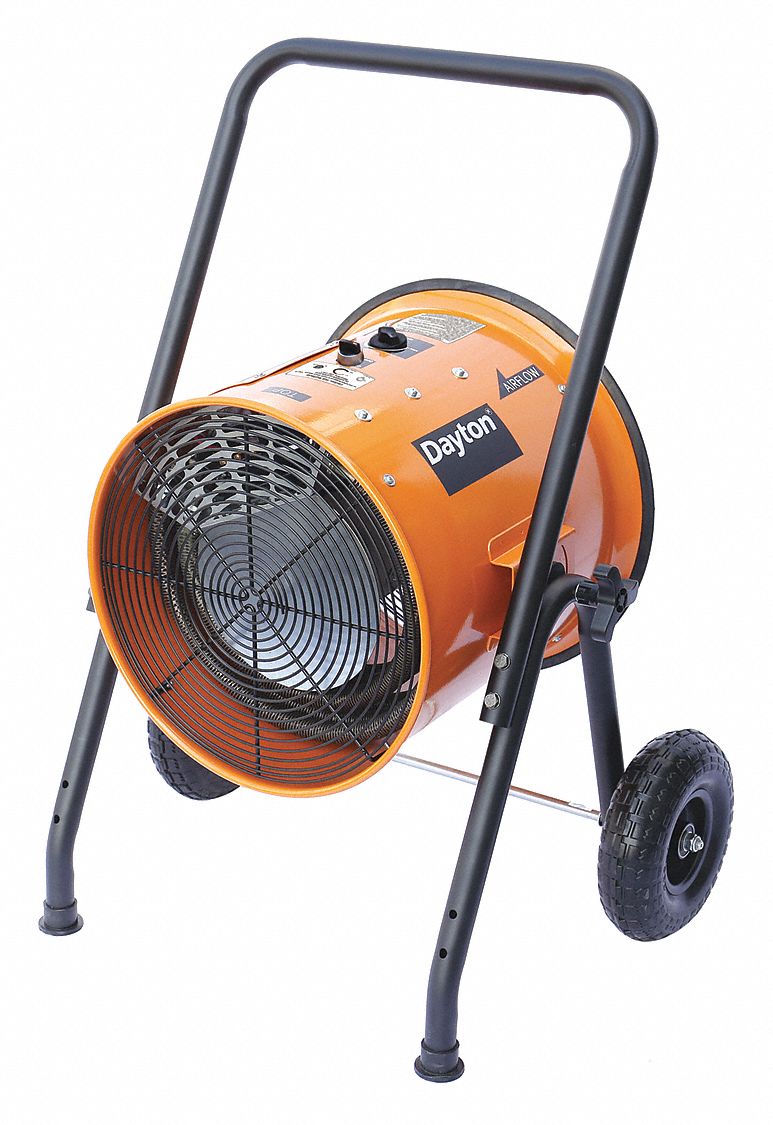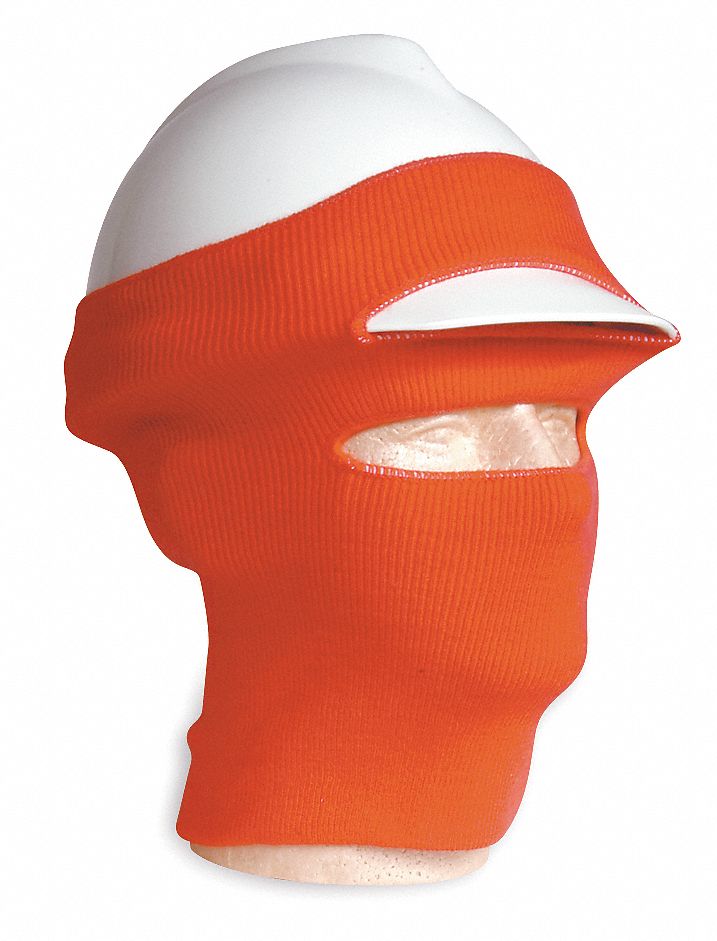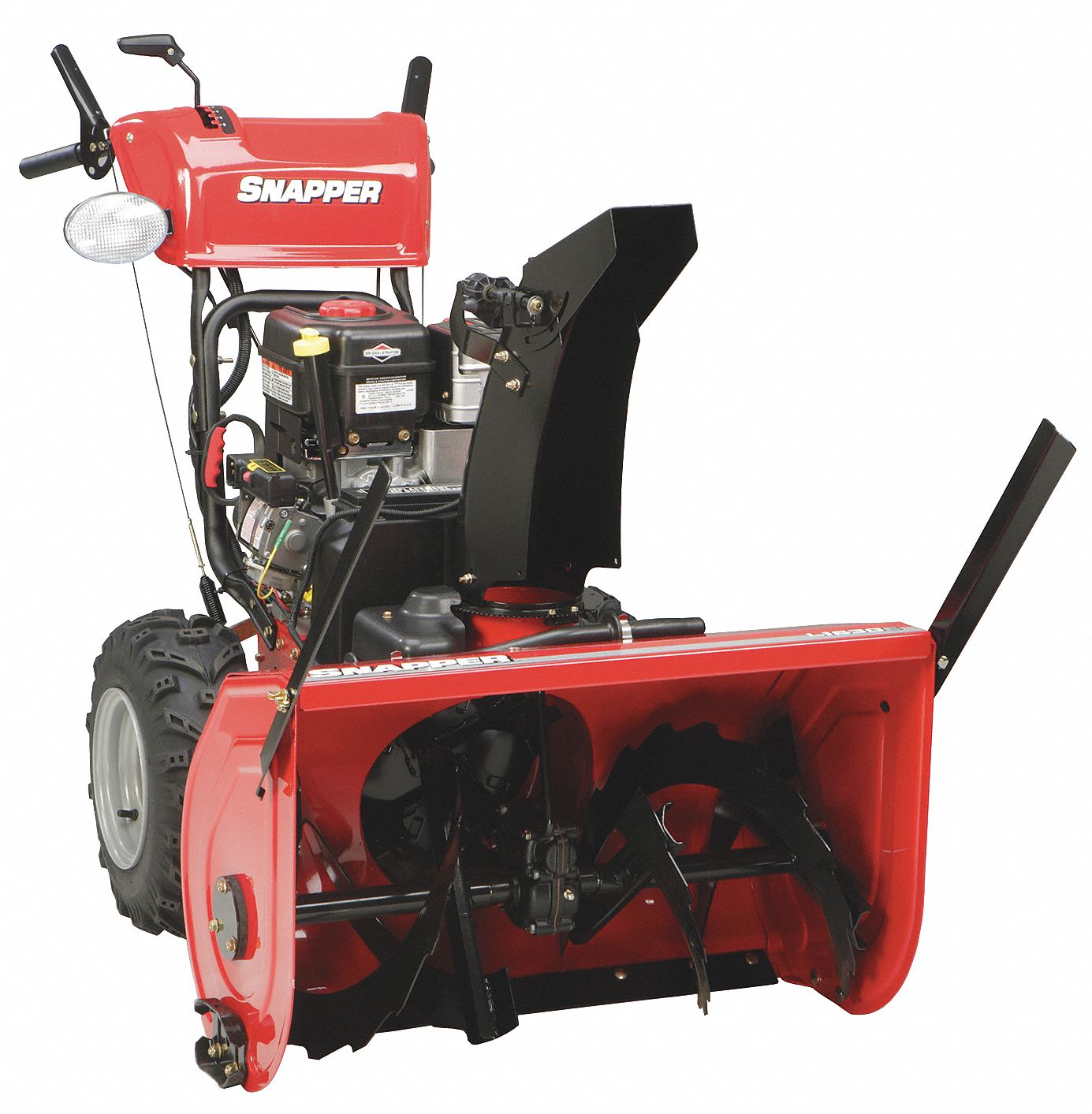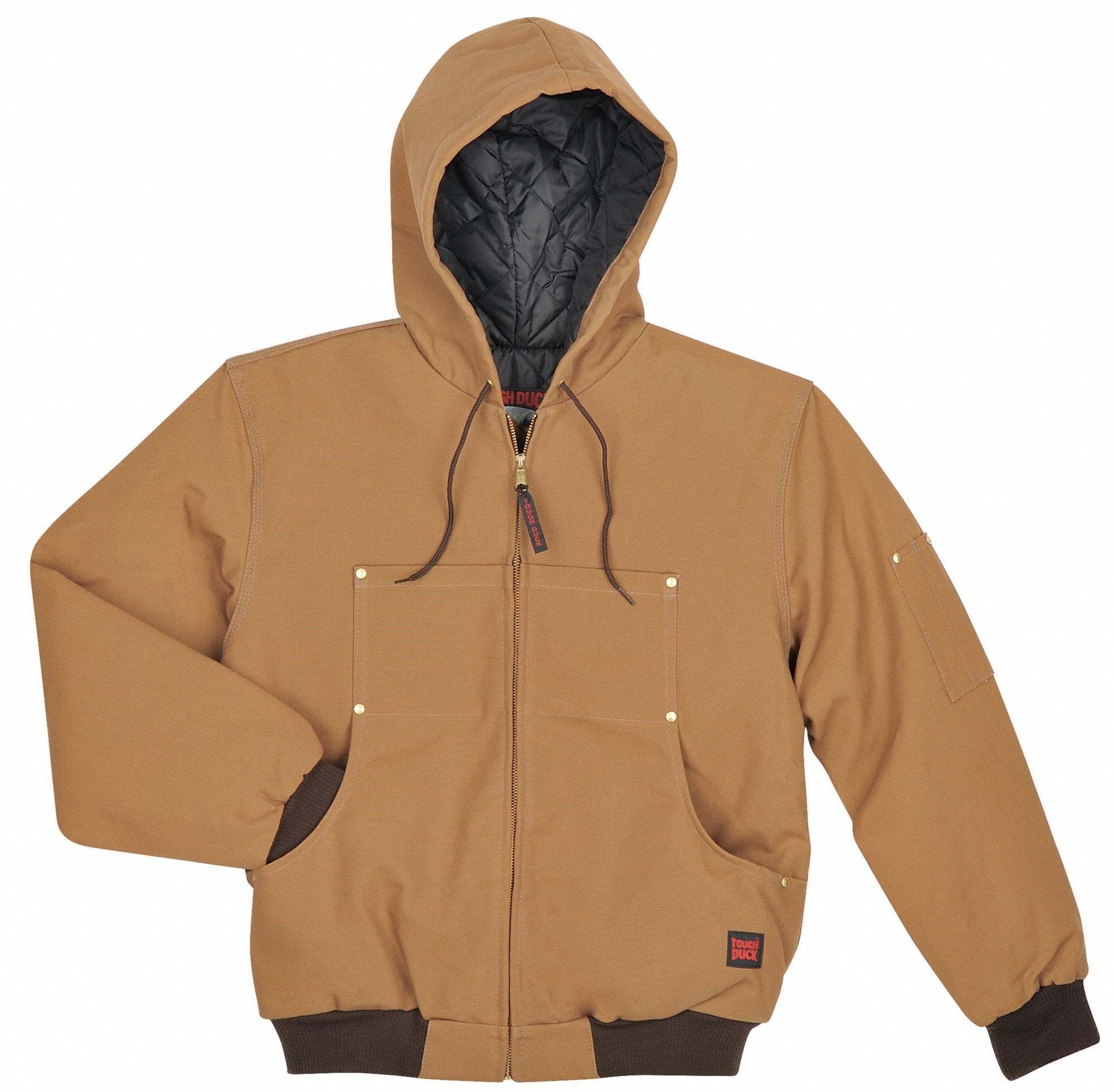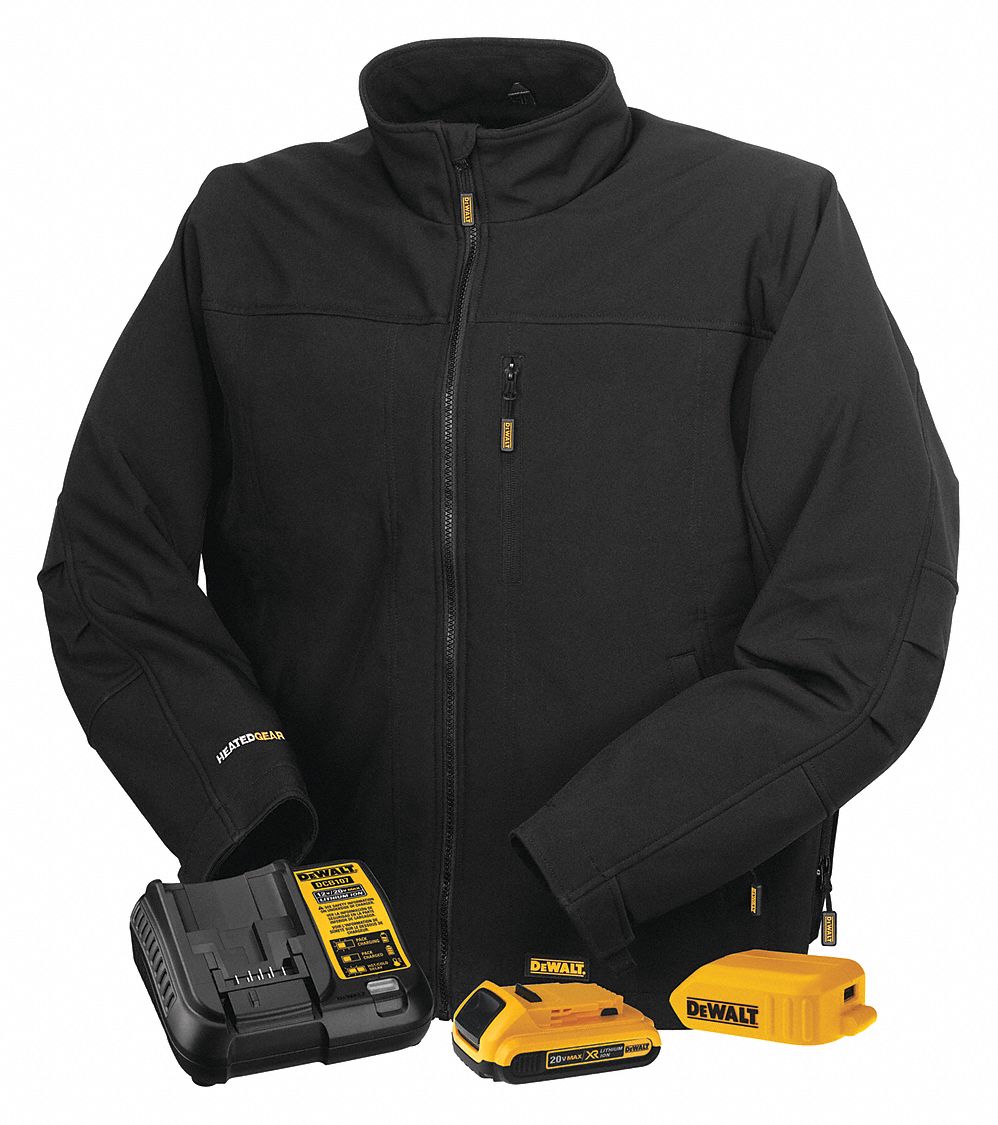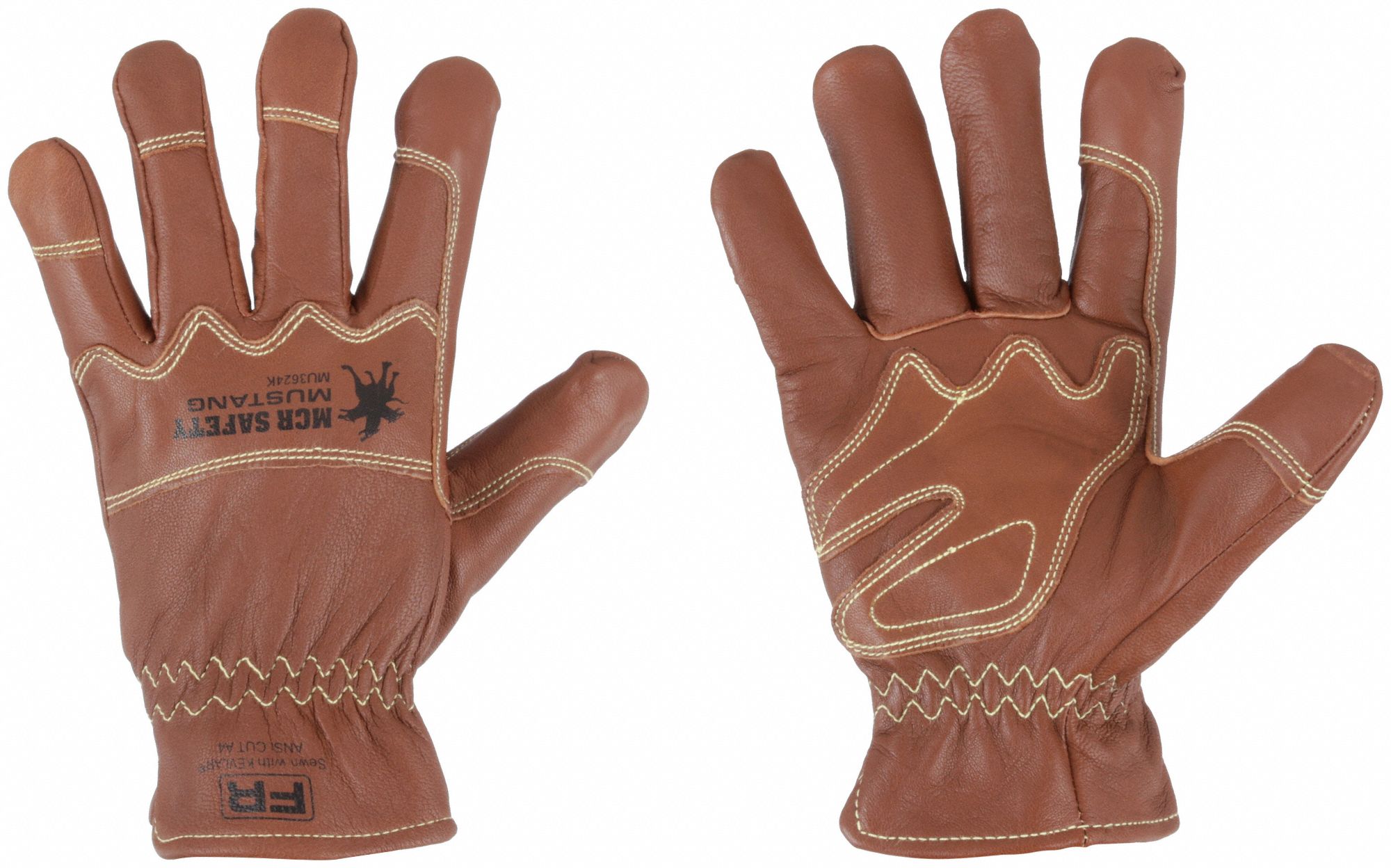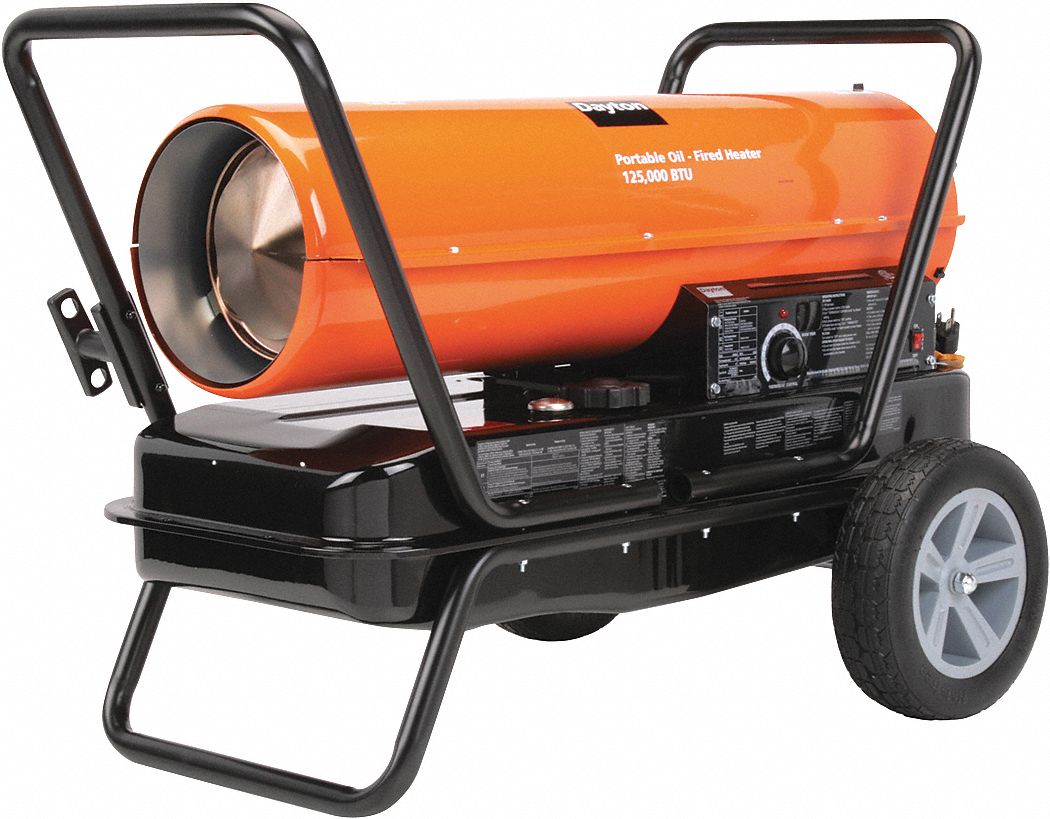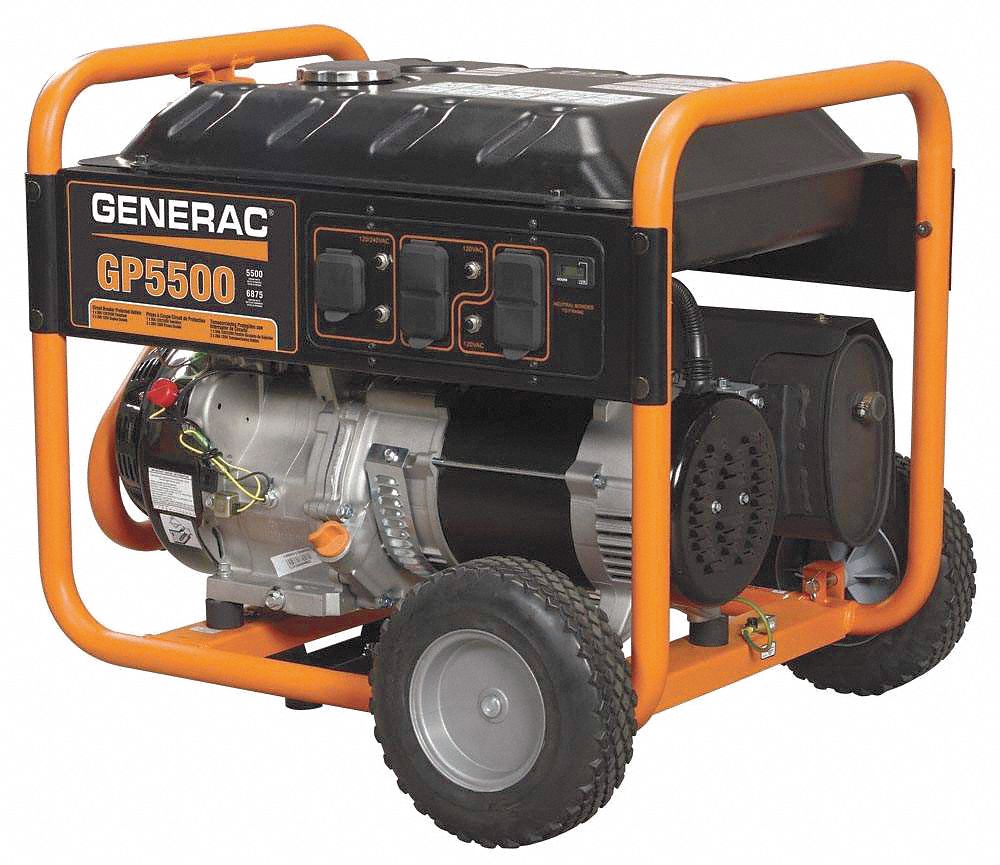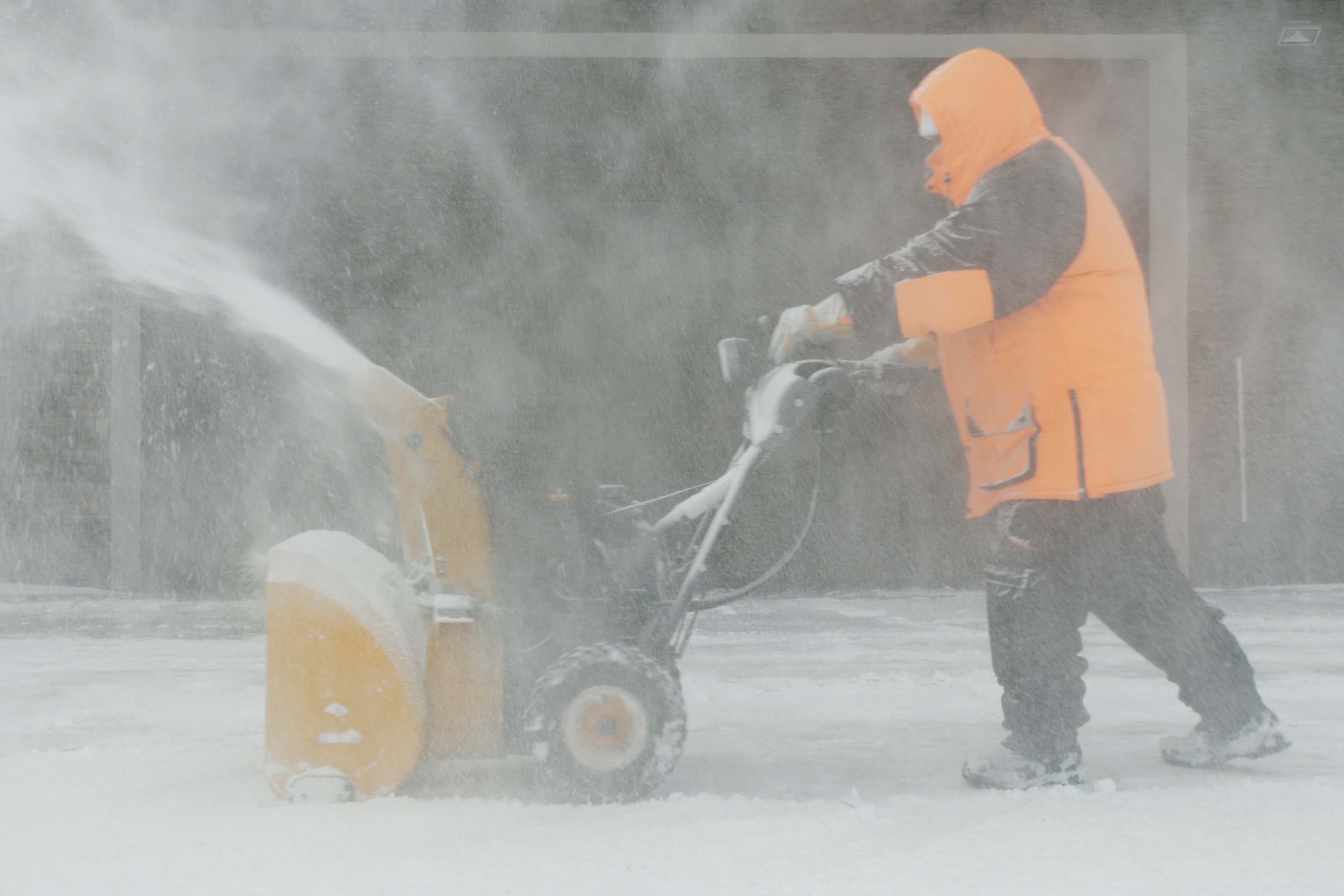

Prepare for Winter Storms with these Essential Winter Supplies
By Grainger Editorial Staff 11/17/20


In many parts of the United States, the winter season often ushers in hazardous weather that can range in intensity from a sprinkle of freezing rain to a blinding snowstorm that lasts for days.
While winter weather and cold temperatures can negatively affect your workers and facility with the possibility for frozen pipes, slippery roadways and power outages, being prepared can help minimize these impacts. Review this list to make sure your people and facility are well-equipped to weather this winter season.
Preparing People for Winter
Warm clothing. During cold weather, warm clothing is a necessity for employees that work outdoors or in unheated spaces. Hats, face coverings and coats help prevent loss of body heat due to cold and wind. Additionally, clothes may include reflective properties so workers can be easily seen in limited-visibility conditions. Cold-condition insulated gloves and cold-insulated winter boots help keep hands and feet warm when working in frigid temperatures. When working in wet conditions, choose gloves that are water-resistant gloves and waterproof boots. Foot and hand warmers, worn inside footwear and gloves, add additional warmth and help reduce the risk of frostbite.
Emergency blankets. Emergency blankets, also known as first-aid or space blankets, help reduce the loss of body heat through convection. By acting as a windbreaker, it helps prevent cold air from blowing across exposed skin and removing heat.
Flashlights and Lanterns. Flashlights come in handy for low-light conditions and during power outages. Choices range from general-purpose flashlights to rugged, waterproof options that can better withstand hazardous conditions. Lanterns are another good option if hazardous weather arrives as they can illuminate a broader area than flashlights. If using a rechargeable lantern, make sure that the batteries are fully charged and ready to go.
Battery-powered radios. Weather radios and two-way radios can be helpful during winter emergencies, especially if the power goes out, affecting internet and communication networks. Weather radios provide alerts and immediate information when bad weather is expected. Two-way radios can be clipped on to clothing or placed in a pocket and provide instant and clear communication between workers. Waterproof options are ideal for wet conditions.
Batteries. Don't forget to have extra batteries on hand in a variety of sizes to operate radios, flashlights, lanterns and other portable equipment you might need in the event of a winter storm.
First-aid kits. First-aid kits are good to have on hand regardless of the season. Choose one that contains supplies for common injuries such as minor burns, cuts and scrapes, and the number of people it is expected to serve.
Hand sanitizer and masks. During the pandemic, hand sanitizer and face masks are recommended safety precautions, especially when indoors or working in enclosed spaces. Make sure to place hand sanitizer where it is readily available and wear a mask that covers the nose and mouth to help limit the spread of the virus.
Preparing Your Facility for Winter
Ice melt compounds. Help prevent possible slips, trips and falls by using ice melt compounds on ice or packed snow on driveways, parking lots and walkways.
Snowblowers. Use snowblowers to clear driveways, sidewalks and parking lots, reducing the hazards of walking or driving through snow.
Snow shovels and snow pushers. Snow shovels and snow pushers help clear walkways, driveways and parking lots of snow. Use ergonomic snow shovels or snow pushers to help prevent back strain. Keep a collapsible or short-handled snow shovel in company vehicles to stay prepared for any snow emergency.
Portable generators. Portable generators provide a backup power supply if a power outage occurs. They are powered by gasoline, propane gas or other fuel types and can help keep needed equipment, lights and heat sources running until power is restored.
Heaters. Portable heaters can provide a primary or supplemental source of heat during cold weather, but it's important to consider the heater's location. Electric heaters don't produce any gas so they are best suited for indoor spaces. Gas, oil and kerosene heaters are best used outdoors or in open areas where there is good ventilation and electricity maybe limited or not available.
Pipe insulation. Pipe insulation helps reduce heat loss from water pipes and helps prevent pipes from freezing at frigid temperatures. Choose from insulation that is unslit, preslit or hinged.
Stay prepared for winter weather and check out these additional resources.
![]()
The information contained in this article is intended for general information purposes only and is based on information available as of the initial date of publication. No representation is made that the information or references are complete or remain current. This article is not a substitute for review of current applicable government regulations, industry standards, or other standards specific to your business and/or activities and should not be construed as legal advice or opinion. Readers with specific questions should refer to the applicable standards or consult with an attorney.

